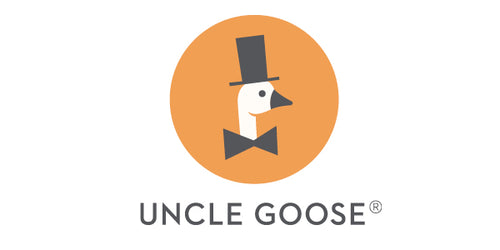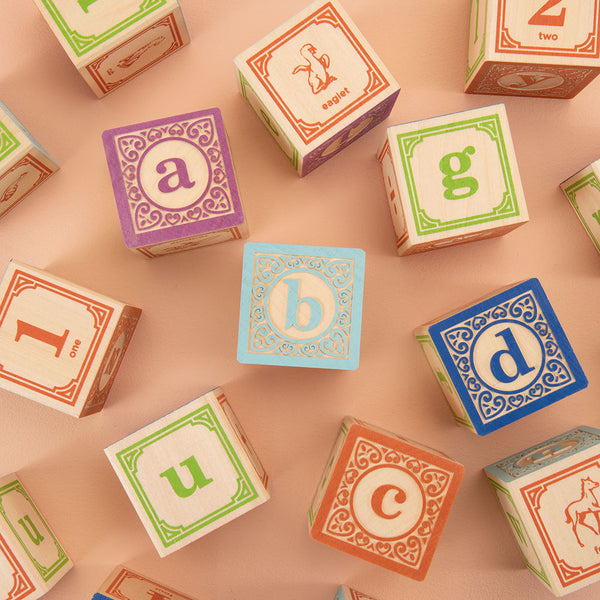
What does it mean to mind your p’s and q’s?
The English idiom “mind your p’s and q’s” means to pay attention to the details of etiquette. Another way to say “mind your p’s and q’s” is to say “mind your manners!” or “be careful about the details!”
But why the letters P and Q? What do they stand for? And where did that phrase come from?
The fun part is that nobody really knows! There are lots of different theories, though.
Some think it may be short for “mind your pints and quarts.” A quart is two pints. If you’re adding up liquids, it’s helpful to know the difference between the two.
Others think that “p’s” and “q’s” sounds like “please” and “thank you.” When you’re learning etiquette, it’s important to know when it’s appropriate to say “please” and when to say “thank you.”
However, our favorite theory is that as you learn to print lowercase letters, it can be easy to get p and q mixed up. These two letters face in opposing directions.
That’s why you need to pay special attention to which direction they face. You need to pay attention to the details: and mind your p’s and q’s!
Your Uncle Goose especially likes this origin story. It’s also a fun learning exercise for adults and children.
Pair these two letters together with our lowercase ABC blocks, our American Sign Language Blocks, or our Braille Blocks. Test yourself: which is the p and which is the q?
You can do the same thing with lowercase d’s and b’s. Those two letters are also mirror images of each other. Pair those two lower case letters together. Which is the d and which is the b?
These are great exercises for children who are learning to spell. Adults sometimes need a refresher, as well.
And of course, your Uncle Goose is careful when we print our blocks. We’re careful to mind our p’s and q’s, too!

